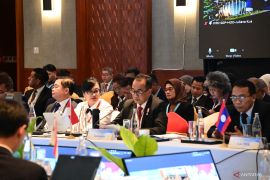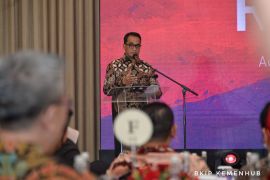Prices of goods in eastern Indonesia are generally higher compared to those in the western regions.
"Through the Sea Toll program, the price of basic goods can decrease by up to 30 percent, especially in the 3TP regions," he said, referring to the outermost, foremost, disadvantaged, and border regions.
"This program also helps lower inflation and improve people's welfare," he added.
Sumadi explained that the program, initiated by President Joko Widodo, has been instrumental in connecting the 3TP regions with major economic hubs in Indonesia, most of which are located in the western part of the country.
Currently, the Sea Toll links 115 ports across Indonesia with 39 active routes, speeding up the distribution of goods to various regions.
Sumadi emphasized that the Sea Toll promotes equitable distribution of goods in previously isolated areas. For instance, residents in Papua and Maluku, who once struggled to access basic necessities, can now purchase goods at more stable and affordable prices.
He noted that the program is also fostering the growth of small and medium industries in these regions.
The Sea Toll program is further driving economic growth in the 3TP regions. In areas like East Nusa Tenggara (NTT) and Papua, the program is opening up new economic opportunities, according to Sumadi.
"For example, in Kupang, small industries are expanding due to the improved distribution access provided by the Sea Toll. This is a key step toward reducing the development gap between regions," he explained.
The government plans to expand the number of routes and strengthen national logistics integration through the Sea Toll.
"We are targeting a 10–25 percent increase in routes over the next few years," he stated.
Moga Simatupang, Director General of Domestic Trade at the Ministry of Trade, noted that the Sea Toll program is a collaborative effort involving several ministries, institutions, regional governments, and shipping operators.
"Based on our measurement indicator—the coefficient of variation for price disparities between regions—there has been a notable decline from 14.2 points in 2015 to 10.25 points in 2024," he said.
Related news: Minister upbeat about sea toll program continuing in new government
Related news: Pelni expected to be backbone of sea toll program: minister
Translator: Aji Cakti, Resinta Sulistiyandari
Editor: Anton Santoso
Copyright © ANTARA 2024












